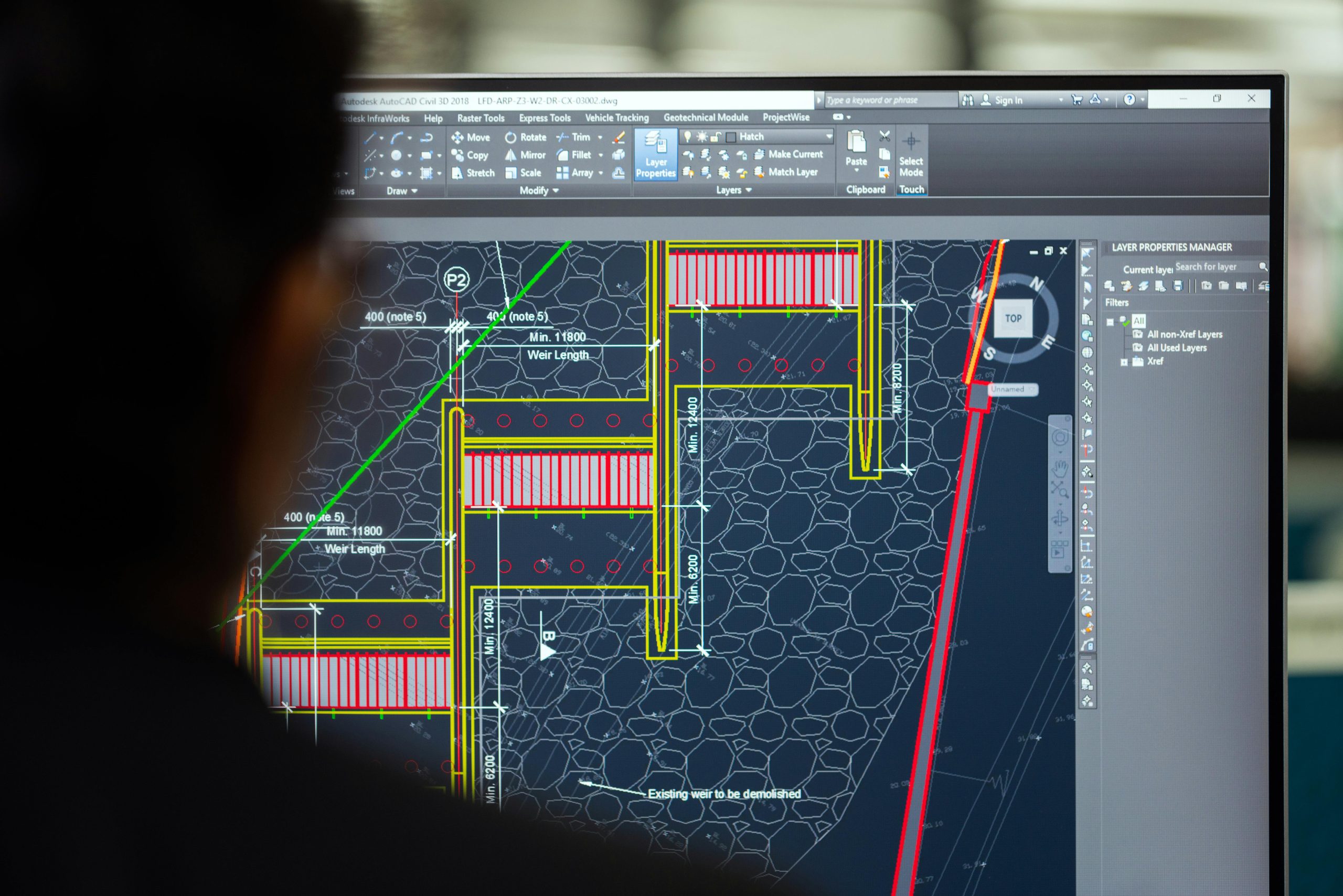Have you ever wondered how designers bring complex ideas to life? In today's fast-paced world, relying on traditional design methods isn't enough. Computer-aided design (CAD) programs have become essential tools for designers across various industries. These programs not only streamline the design process but also enhance creativity and precision.
The design has come a long way from hand-drawn sketches. With the advent of computer aided design software, designers can now create detailed and accurate models with ease. These programs provide numerous tools and features that increase the effectiveness and flexibility of the design process. Let’s learn more about them.
Key Benefits of CAD Design Programs
Enhanced Precision and Accuracy
One of the primary advantages of computer-aided design programs is their ability to produce highly accurate and precise designs. Traditional methods often leave room for errors, but CAD software minimizes these mistakes, ensuring that every detail is perfect.
Time Efficiency
Time is a critical factor in the design industry. CAD programs significantly reduce the time required to create and modify designs. This efficiency allows designers to meet tight deadlines and take on more projects.
Improved Collaboration
Collaboration is essential in any design project. CAD software allows a number of designers to work simultaneously on a single project, allowing for real-time concept sharing and revision. This collaborative approach leads to better and more innovative designs.
Easy Modifications and Revisions
Designs often go through multiple revisions before they are finalized. CAD programs make it easy to modify and update designs without starting from scratch. This flexibility saves time and effort, allowing designers to focus on creativity.
Visualization and Simulation
Visualizing a design before it's built is crucial. CAD software provides realistic 3D models that give designers and clients a clear understanding of the final product. Some programs also offer simulation features, allowing designers to test how their designs will perform in real-world conditions.
Applications of CAD Design Programs
Architecture
In architecture, CAD design programs are used to create detailed floor plans, elevations, and 3D models of buildings. These programs help architects visualize their ideas and make necessary adjustments before construction begins.
Engineering
Engineers use computer-aided design software to design complex mechanical parts and systems. The precision and accuracy of CAD programs ensure that these parts fit together perfectly, reducing the risk of errors during manufacturing.
Product Design
Product designers rely on computer-aided design programs to create everything from household items to high-tech gadgets. These programs allow them to experiment with different shapes, sizes, and materials, ensuring that the final product is both functional and aesthetically pleasing.
Fashion Design
Even the fashion industry benefits from CAD software. Designers use these programs to create intricate patterns and detailed garment designs. This technology helps them visualize how fabrics will drape and move, leading to better-fitting and more stylish clothing.
List of Top Computer-Aided Design (CAD) Software 2024
To help you choose the right CAD software, here is a list of top computer-aided design (CAD) software for 2024:
1) ALCAD
ALCAD is a leading provider of 2D/3D CAD software solutions for the architecture, building services, mechanical engineering, agriculture, and pipeline construction industries. Established in 2013, ALCAD offers robust features and a user-friendly interface to streamline your design process.
2) AutoCAD
One of the widely used CAD design systems is AutoCAD. It is popular in fields including product design, engineering, and architecture because of its adaptability and user-friendly interface.
3) SolidWorks
SolidWorks is a powerful CAD software widely used in the engineering and manufacturing industries. It offers advanced features for 3D modeling, simulation, and product data management.
4) Revit
Revit is specifically designed for architects and building professionals. It focuses on building information modeling (BIM) for detailed architectural designs and construction documentation.
5) Rhino
Rhino is renowned for its ability to handle complex and intricate designs, making it popular among industrial designers, architects, and jewelry designers.
6) Fusion 360
Fusion 360 is a cloud-based computer-aided design software that integrates industrial and mechanical design with simulation and collaboration tools, ideal for team projects.
7) SketchUp
SketchUp is a user-friendly Computer-Aided Design (CAD) program for architectural design and interior modeling. It has complex features for experts and an easy-to-use interface for beginners.

Choosing the Right CAD Software
Selecting the right CAD software depends on your specific needs and the industry you work in. Here are some factors to consider:
1. Industry Requirements
Different industries have unique requirements. For example, architects may need BIM capabilities, while engineers might prioritize simulation tools. Choose a CAD program that aligns with your industry's needs.
2. Budget
CAD software ranges from free, beginner-friendly programs to high-end, professional tools. Consider your budget and the features you need before making a decision.
3. User Interface
Your productivity might be considerably impacted by an interface that is easy to use. Look for computer-aided design programs that are easy to navigate and offer intuitive tools.
4. Training and Support
It is essential to have access to customer service and training materials, mainly if you are unfamiliar with CAD software. Choose a program that offers comprehensive tutorials, webinars, and customer service.
The Future of CAD Design Programs
CAD design software advances in parallel with technology. In the upcoming years, keep an eye out for the following trends:
1. Artificial Intelligence (AI) Integration
AI is expected to play a significant role in the future of CAD software. AI-powered tools can automate repetitive tasks, suggest design improvements, and even generate designs based on specific criteria.
2. Virtual Reality (VR) and Augmented Reality (AR)
In the design sector, VR and AR are growing in popularity. These technologies allow designers to immerse themselves in their designs, providing a more realistic and interactive experience.
3. Cloud-Based Solutions
Cloud-based computer-aided design software offers the advantage of accessibility and collaboration. The design process is more effective when teams can collaborate in real-time, and designers may work on projects from any location.
4. Sustainability
In the design sector, sustainability is becoming more and more important. Future CAD programs are likely to include features that help designers create environmentally friendly and sustainable designs.
Conclusion
Computer aided design programs have transformed the design industry, offering enhanced precision, time efficiency, improved collaboration, and easy modifications. Whether you're an architect, engineer, product designer, or fashion designer, CAD software is essential for elevating your work with accuracy and creativity.
Since 2013, ALCADS has been a top supplier of 2D and 3D CAD software solutions for a range of industries. It is well-known for its extensive feature set and intuitive user interface, which simplify several aspects of the design process, including complex 3D modeling and real-time teamwork. With ALCADS, you can discover the world of computer-aided design software
and improve your design skills right away.


